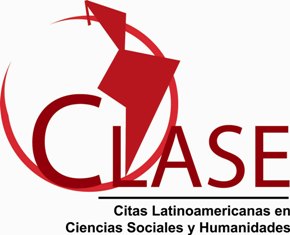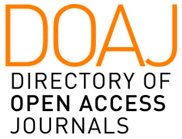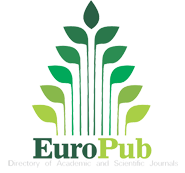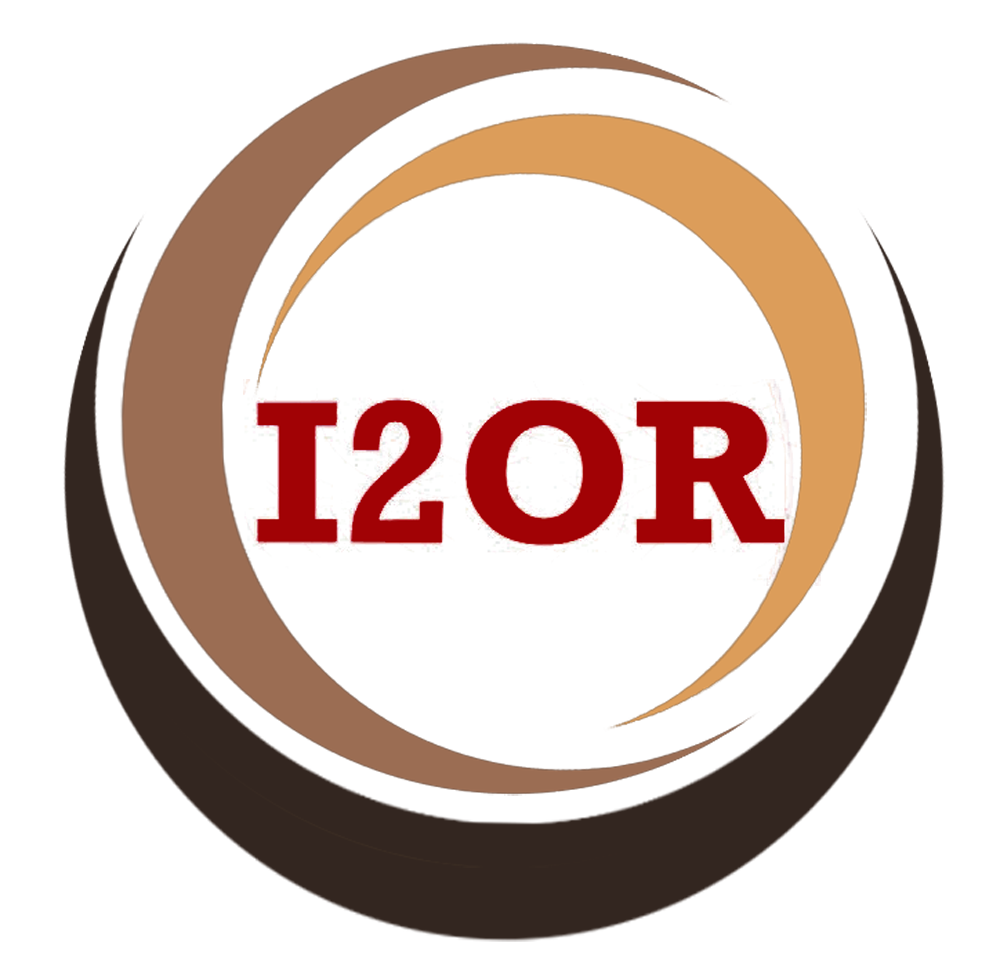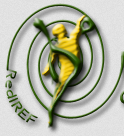The physical therapeutic process, the memory and electrical funtion of the brain how part sporting training in the boxing (review)
Palabras clave:
proceso físico terapéutico, memoria, función eléctrica, cerebro, entrenamiento deportivo, boxeoResumen
This paper job presents an approach to therapeutic physical process and its link with determining physiological functions for the optimal development of sports training in boxing, such as: electrical memory and brain function. Fundamental concepts such as tolerance to the load, and the concept of biologization, which will determine the basis of its methodology, will be imposed by the analysis of the so-called adaptation law is assumed. Fundamental concepts of rehabilitation are taken over and an analytical approach to the dialectical relationship groups principles of rehabilitation and sports training is done, hefting that within this complex process, the overall result of the lies higher cortical functions in a proper function of the process memorization, where this vital activity is one of the most important identifying the human species as a rational species.
Descargas
Referencias
2. Betancourt Alvelaez, N. (2004). Génesis y evolución histórica del proceso del entrenamiento deportivo. Disponible en: www.// Google.com. Consultado el 25 de octubre del 2012.
3. Broca, P. y col. (1861). Sur le siège de la faculté du langage articulé. Bull. Soc. Anthrop,6.
4. Guyton, A; J. Hall. (s.a). Fisiología de la actividad Física; adaptaciones en el ejercicio. Ed. Mac Graw-Hill Interamericana. Philadelphia, Pensylvania. t3. p. 1165.
5. Harre, D. (1988). Teoría del entrenamiento deportivo. La Habana, Ed. Científico técnica
6. Luria, A. (1982). Las funciones corticales superiores del hombre. La Habana, Ed. científico-técnica. p. 52.
7. Martínez, O. (2013). Metodología para reducir las secuelas neurológicas de tipo cortical en boxeadores. Tesis de doctorado en ciencias de la Cultura Física. Universidad de ciencias de la Cultura Física y el Deporte “Manuel Fajardo”.
8. Sentmanat, A. (2006). Ejercicio Físico y Rehabilitación. Sistema de neurorehabilitación multifactorial intensa. La Habana, Ed. Deportes. p. 232.
9. SvietKova, L (1981). Rehabilitación en lesiones focales del cerebro. La Habana, Ed. Pueblo y Educación.
10. Weigneck, J. (1988): Entrenamiento Óptimo. Barcelona, Ed. Hispano Europea. S.A.
11. Young, R.R and. Dewale P.I(1992). Principles and practice of restorative Neurology. Betterworth-Heinnemann,Oxford.











